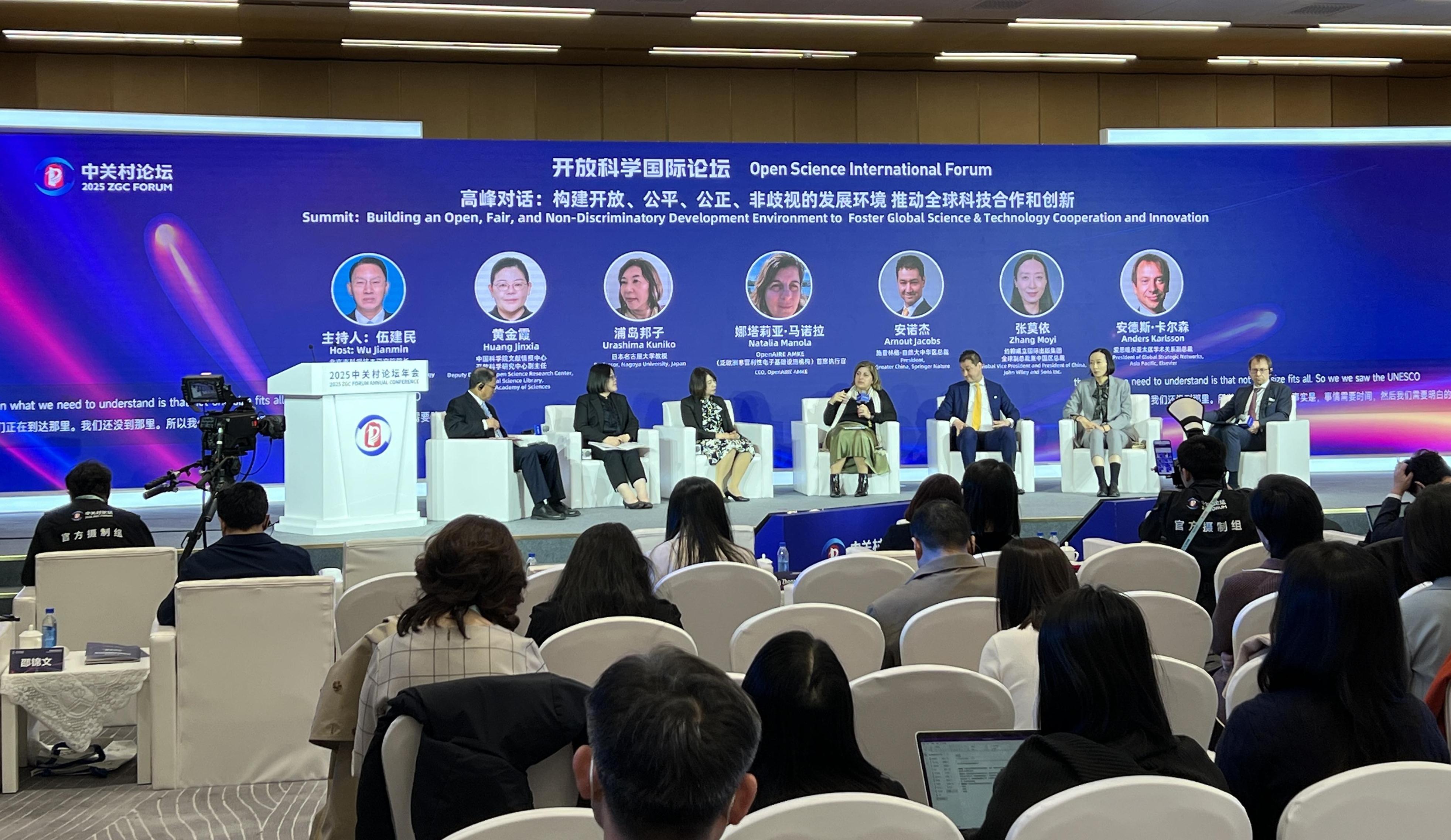Debt Trap Theory Full of Holes
Local farmers harvest rice in a high-yield hybrid rice demonstration field in Antananarivo, Madagascar on May 12 2023. (PHOTO: XINHUA)
Edited by QI Liming
The year 2023 marks the 10th anniversary of the Belt and Road Initiative (BRI). Over the past ten years, the BRI cooperation network has stretched from the Eurasian continent to Africa and Latin America.
While the BRI has made great achievements, some anti-China politicians and scholars, led by the U.S., have been constantly smearing the initiative, and the most frequently cited stigma is the so called "debt trap." However, this backward viewpoint does not stand up to scrutiny, as borne out by statistics from the International Monetary Fund (IMF), who's authoritative analysis should be seen in a serious light.
Far from "debt trap diplomacy"
According to Kenyan journalist Jevans Nyabiage, the South China Morning Post's first Africa correspondent, IMF is distancing itself from the U.S. "debt trap diplomacy" mindset. China is not the main cause of debt distress in sub-Saharan Africa, the Washington-based IMF said in its Regional Economic Outlook for Africa report.
China's share of the total sub-Saharan Africa external public debt rose from less than two percent before 2005, to about 17 percent or 134 billion USD in 2021, according to the IMF. Some 60.9 percent of the region's public debt is now domestic commercial borrowing with higher interest rates and shorter maturity, while multilateral lenders hold 13.7 percent of the debt.
Through the BRI, China provided African countries with a new source of infrastructure financing that funded mega projects, such as ports, railways, hydro-power station, highways and bridges. But China's share in sub-Saharan Africa's overall sovereign debt, or public debt, was still relatively small, the IMF said.
"It is noteworthy that the debt owed to China has not been the principal contributor to the region's public debt surge in the past 15 years," the IMF said in a side report about sub-Saharan Africa's economic relations with China, which was released early in October.
In addition, China has been a key player in recent debt restructuring and negotiations. It also contributed to the Debt Service Suspension Initiative (DSSI), providing 63 percent of suspensions in 2020 and 2021, although owning just 30 percent of the claims.
Aly-Khan Satchu, a sub-Saharan Africa geoeconomic analyst, said the West advanced the "debt trap diplomacy" story. "I think the IMF is stating the obvious and distancing itself from this long-embedded and erroneous narrative," said Satchu.
The IMF and the World Bank promoted the theory that domestic borrowing was a silver bullet because it would deepen in country financial and capital markets and reduce reliance on the often capricious international markets, Satchu said.
Unfounded myth of the "debt trap diplomacy" narrative
According to the East Asia Forum, the BRI has provoked criticism from parts of the Western world, because the U.S. remains concerned that China's rise will undermine its values and interests. They slander the lack of transparency and expensive lending terms of the BRI.
Toshiro Nishizawa, Professor at the Graduate School of Public Policy, University of Tokyo, said that a "debt trap diplomacy" narrative persists in some media and certain policy circles, despite recent research showing this is an unfounded myth. "There are no winners in a debt trap strategy, as the debtor, trapped with unsustainable debt, leaves its creditor out of pocket," he said.
The fundamental challenge of sovereign debt in the developing world is not China, but rather how to deal equitably with unsustainable debt owed to various creditors when the creditor composition varies from country to country.
Bangladesh owes 53 percent of its external public debt to multilateral creditors and only seven percent to China, while Sri Lanka owes 35 percent to international bondholders.
Mark Bohlund, a senior credit research analyst at REDD (Risk Event-Driven and Distressed) Intelligence, said the solvency issues of many lower middle-income countries was mainly due to domestic debt, because it accounted for the majority of interest costs for most of these countries.
Actually, China has been offering bailouts to BRI partners, and is implementing the Group of Twenty's (G20) DSSI in all respects, while also suspending the largest amount of debt service payment among all G20 members.







